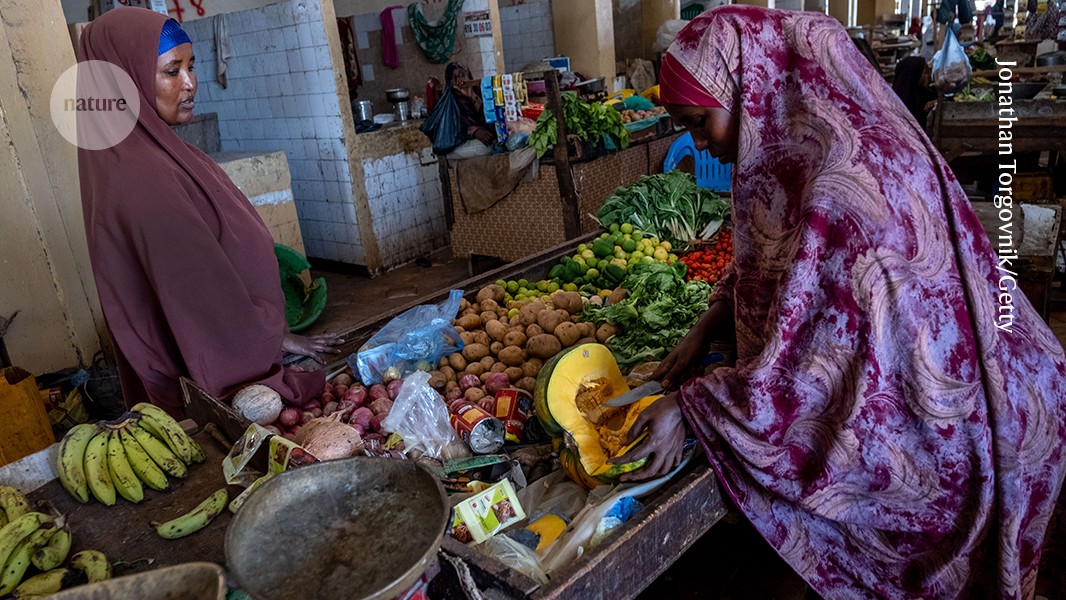
"In July, an authoritative report called the Joint Child Malnutrition Estimates (JME, see go.nature.com/3jad6db), compiled by the UN children's organization UNICEF, the World Health Organization and the World Bank, confirmed what many health-care professionals around the world already suspected. Since 2020, there has been an increase in the proportion of children under five affected by stunting (see 'Stalled progress'). Stunting is one of the main signs of malnutrition, which is defined as deficiencies, excesses or imbalances in nutrient intake."
"The question of why so many of the youngest children are not getting enough of the right kind of food should have been a priority for the health leaders who met this week for the World Health Summit in Berlin - yet it wasn't. This was a missed opportunity, but it isn't too late to address the problem. Researchers and policymakers must work to better understand what is happening and use this knowledge to act, and act quickly."
Since 2020, the proportion of children under five affected by stunting has increased, reversing decades of steady decline. The Joint Child Malnutrition Estimates compiled by UNICEF, the World Health Organization and the World Bank confirmed the rise. Malnutrition encompasses deficiencies, excesses or imbalances in nutrient intake and manifests as stunting, wasting or overweight. Stunting indicates markedly short stature for age; wasting indicates insufficient weight for height; overweight raises future risk of diet-related non-communicable diseases. Health leaders did not prioritize determining why many young children lack adequate diets at recent global meetings. Researchers and policymakers must urgently identify causes and implement effective interventions.
Read at Nature
Unable to calculate read time
Collection
[
|
...
]